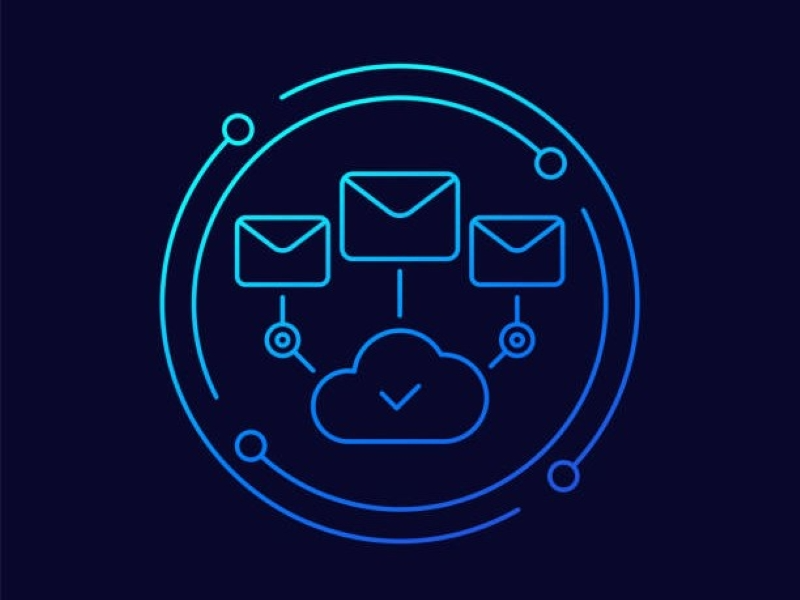- The company configures an email automation tool, such as a customer relationship management system or an email marketing platform, to handle incoming messages.
- Platforms like Mailchimp and HubSpot automatically send promotional emails based on user behaviour and engagement.
Nowadays, businesses are constantly striving to improve efficiency and stay ahead of the competition. One powerful tool that has emerged to help achieve these goals is automation. From streamlining complex processes to handling repetitive tasks, automation is transforming how businesses operate. In this blog, we’ll explore one of the most practical applications of automation: Automated email responses.
What is the automated email response?
Automated email responses refer to the use of technology to automatically generate and send replies to incoming emails based on predefined rules and triggers. This system is designed to handle common inquiries and routine communication tasks with minimal human intervention. The core idea is to improve efficiency and ensure timely responses, enhancing overall customer satisfaction.
Also read: What is an automated call distribution and what are its functions?
Also read: Unveiling SMTP: The unsung hero of email communication
How does it work?
1. Setup and configuration: To implement automated email responses, businesses start by setting up an email automation tool or platform. This could be part of a broader customer relationship management system or a dedicated email marketing service. The setup involves configuring the system to handle incoming messages and create response templates.
2. Defining rules and triggers: Once the system is in place, rules and triggers are established. These are conditions that determine how incoming emails are processed. For example, if an email contains keywords like “support” or “help”, the system recognises it as a support request and triggers an automatic response.
3. Creating response templates: Predefined response templates are crafted to address common inquiries. These templates are designed to provide accurate and relevant information quickly. Common templates might cover topics such as password resets, order status updates, or general product information.
4. Sending automatic replies: When an email is received, the automation system scans it for keywords or specific criteria. Based on the rules set up, the system selects the appropriate template and sends an automatic reply to the customer. This ensures that inquiries are addressed promptly, even outside of regular business hours.
5. Handling complex issues: For inquiries that cannot be addressed by predefined templates, the system is configured to escalate the email to a human support agent. This ensures that complex or sensitive issues receive the personalised attention they require.
The benefits of automated email responses
Efficiency boost: Automated email responses significantly reduce the time spent on handling routine inquiries. By delegating repetitive tasks to the automation system, customer service representatives can focus on more complex and value-added activities.
Consistency and accuracy: Automation ensures that all customers receive consistent and accurate information. With standardised response templates, businesses can maintain a uniform tone and messaging across all communications.
Enhanced customer experience: By providing immediate responses to common questions, businesses enhance the overall customer experience. Automated systems can operate 24/7, ensuring that customers receive timely assistance regardless of the time of day.

